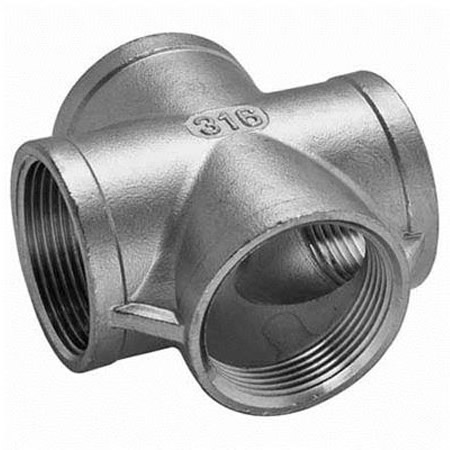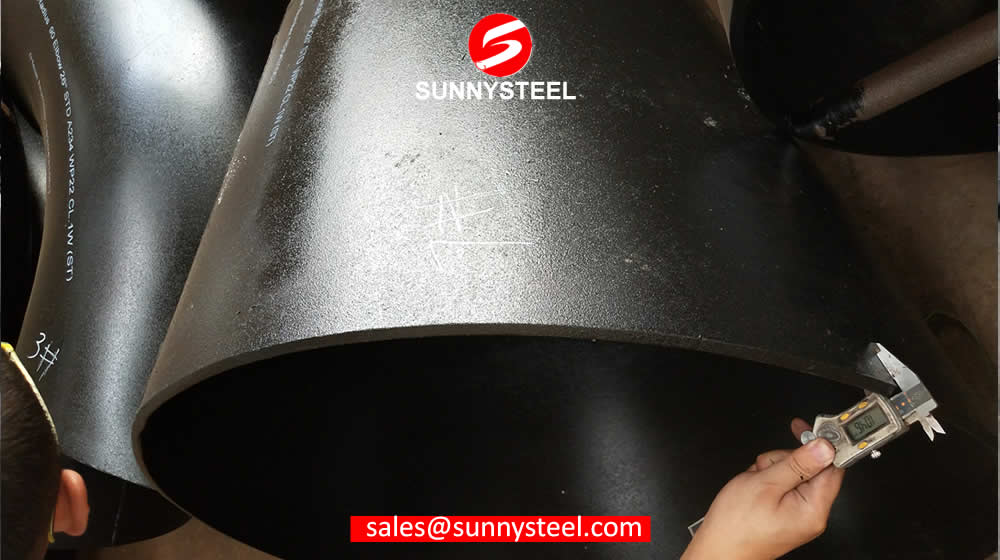BSP British Standard Pipe
The British Standard Pipe (BSP) is a family of standard screw thread types that has been adopted internationally for interconnecting and sealing pipe ends by mating an external (male) with an internal (female) thread.
Two types of threads are distinguished:
- BSPT: British Standard Pipe Taper -also known as “R” or “Rc” threads
- BSPP: British Standard Pipe Parallel -also known as “G” or “Rp” threads
Parallel (‘straight’) threads, British Standard Pipe Parallel thread (BSPP; originally also known as British Standard Pipe Fitting thread/BSPF and British Standard Pipe Mechanical thread/BSPM), which have a constant diameter; denoted by the letter G.
Taper threads, British Standard Pipe Taper thread (BSPT), whose diameter increases or decreases along the length of the thread; denoted by the letter R.
Taper threads, British Standard Pipe Taper thread (BSPT), whose diameter increases or decreases along the length of the thread; denoted by the letter R.
These can be combined into two types of joints:
Jointing threads: These are pipe threads where pressure-tightness is made through the mating of two threads together. They always use a taper male thread, but can have either parallel or taper female threads. (In Europe, taper female pipe threads are not commonly used.)
Long screw threads: These are parallel pipe threads used where a pressure-tight joint is achieved by the compression of a soft material (such as an o-ring seal or a washer) between the end face of the male thread and a socket or nipple face, with the tightening of a back nut.
Long screw threads: These are parallel pipe threads used where a pressure-tight joint is achieved by the compression of a soft material (such as an o-ring seal or a washer) between the end face of the male thread and a socket or nipple face, with the tightening of a back nut.
Thread form
the thread form follows the British Standard Whitworth standard
symmetrical V-thread in which the angle between the flanks is 55° (measured in an axial plane)
one-sixth of this sharp V is truncated at the top and the bottom
the threads are rounded equally at crests and roots by circular arcs ending tangentially with the flanks
the theoretical depth of the thread is therefore 0.64 times the nominal pitch.
symmetrical V-thread in which the angle between the flanks is 55° (measured in an axial plane)
one-sixth of this sharp V is truncated at the top and the bottom
the threads are rounded equally at crests and roots by circular arcs ending tangentially with the flanks
the theoretical depth of the thread is therefore 0.64 times the nominal pitch.
Pipe thread designations
These standard pipe threads are formally referred to by the following sequence of blocks:
the words “Pipe thread”,
the document number of the standard (e.g., “ISO 7″ or “EN 10226″)
the symbol for the pipe thread type:
the words “Pipe thread”,
the document number of the standard (e.g., “ISO 7″ or “EN 10226″)
the symbol for the pipe thread type:
G = external + internal parallel (ISO 228)
R = external taper (ISO 7)
Rp = internal parallel (ISO 7/1)
Rc = internal taper (ISO 7)
Rs = external parallel
R = external taper (ISO 7)
Rp = internal parallel (ISO 7/1)
Rc = internal taper (ISO 7)
Rs = external parallel
the thread size
Threads are normally right-hand. For left-hand threads, the letters “LH” are appended.
Example: Pipe thread EN 10226 Rp 2½
The terminology for the use of G and R originated from Germany (G for gas, as it was originally designed for use on gas pipes; R for rohr (meaning pipe).)
Example: Pipe thread EN 10226 Rp 2½
The terminology for the use of G and R originated from Germany (G for gas, as it was originally designed for use on gas pipes; R for rohr (meaning pipe).)
- Steel Pipe World Standards



